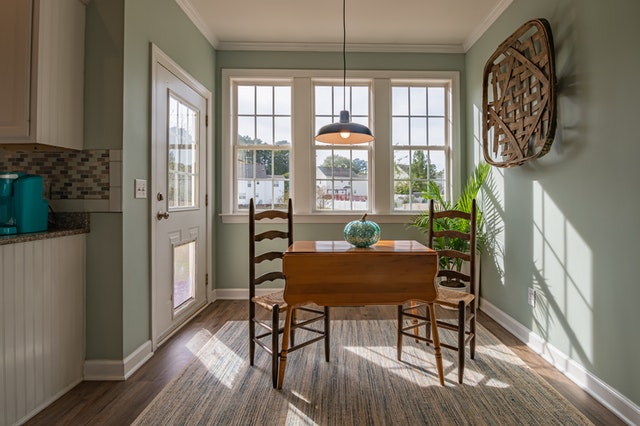
We’ve all heard the word “unprecedented” far too frequently this year, but it’s a suitable descriptor of the country’s skyrocketing timber prices.
The severe cost increase is due to a lack of supply and high demand. Real estate investors, particularly those involved in new residential buildings, are discovering that their projects are costing more and taking longer than anticipated.
Prices for basic framing materials have risen, with some items costing up to twice as much as they did at the start of the year. Staples like two-by-fours are difficult to come by. Every morning, builders line up outside lumber yards, hoping to obtain whatever is in stock to keep their projects going forward.
While lumber has taken the brunt of the damage, other building materials are not immune. Due to virus-related manufacturing shutdowns, one merchant stated that window shipments that normally take 10 days are now taking three weeks.
What is the cause of the increase?
A perfect storm of variables is leading to the shortages and subsequent price increases, which began earlier this year with the first symptoms of coronavirus:
- Lumber mills reduced output when the economy began to weaken in early March. Some mills also experienced shutdowns and cutbacks in workforce and productivity as a result of COVID-19 outbreaks at their plants.
- As the lockdown lasted, millions of Americans began working from home, which prompted many to embark on home remodeling projects. Big box retailers noted an uptick in sales and bought more from mills that were already running low on inventories.
- While the demand for lumber remained strong, sawmills were understaffed. Many mills struggled to recruit staff while furloughed employees collected unemployment benefits. As federal unemployment benefits expire, more tradespeople are returning to work, but even with more workers, the present labor crisis isn’t projected to resolve anytime soon. Another stimulus proposal might aggravate the issue even further.
These are some of the factors influencing lumber supply and pushing up costs. Despite this, the building has remained an important business in most locations, with robust demand.
What’s next?
Investors are debating whether they should postpone new projects in the expectation that supply will catch up with demand and prices would revert to more normal levels. Others believe this is the new normal.
While this is hopefully a one-time occurrence, it is also possible that costs will remain high for the foreseeable future, as higher prices have not yet reduced demand. Unless demand falls and construction slows, it is doubtful that prices will return to historical levels anytime soon. Some observers believe the situation may worsen during the year and in 2021.
What it means for investors
If your project does not require a large amount of lumber and you can tolerate delays, the shortages may not have a significant impact on you.
However, if you are embarking on a new construction project, there are a few things to consider. First, increase your budget for lumber. Do your research on local costs. Plan to spend 15 to 30 percent more than your first estimate, or put this money into your contingency reserve.
Next, make a lengthier timetable. Some hard money lenders only provide loans for six months. That may have sufficed before to COVID-19, but with the delays in getting framing kits and other supplies, your job will now take longer. Consider looking for longer-term loans, such as those lasting 9 to 12 months.
Make every effort to get whatever resources you require ahead of time. While lumber is the most severely affected, others foresee shortages in other materials like cabinets, roofing, drywall, and other manufactured products.
Make every attempt to obtain any resources you may need ahead of time. While timber is the most badly affected, other materials such as cabinetry, roofing, drywall, and other manufactured items are also expected to be in limited supply.
It is not an easy scenario for investors, but being prepared and dealing with a reputable financing partner are smart places to start.






